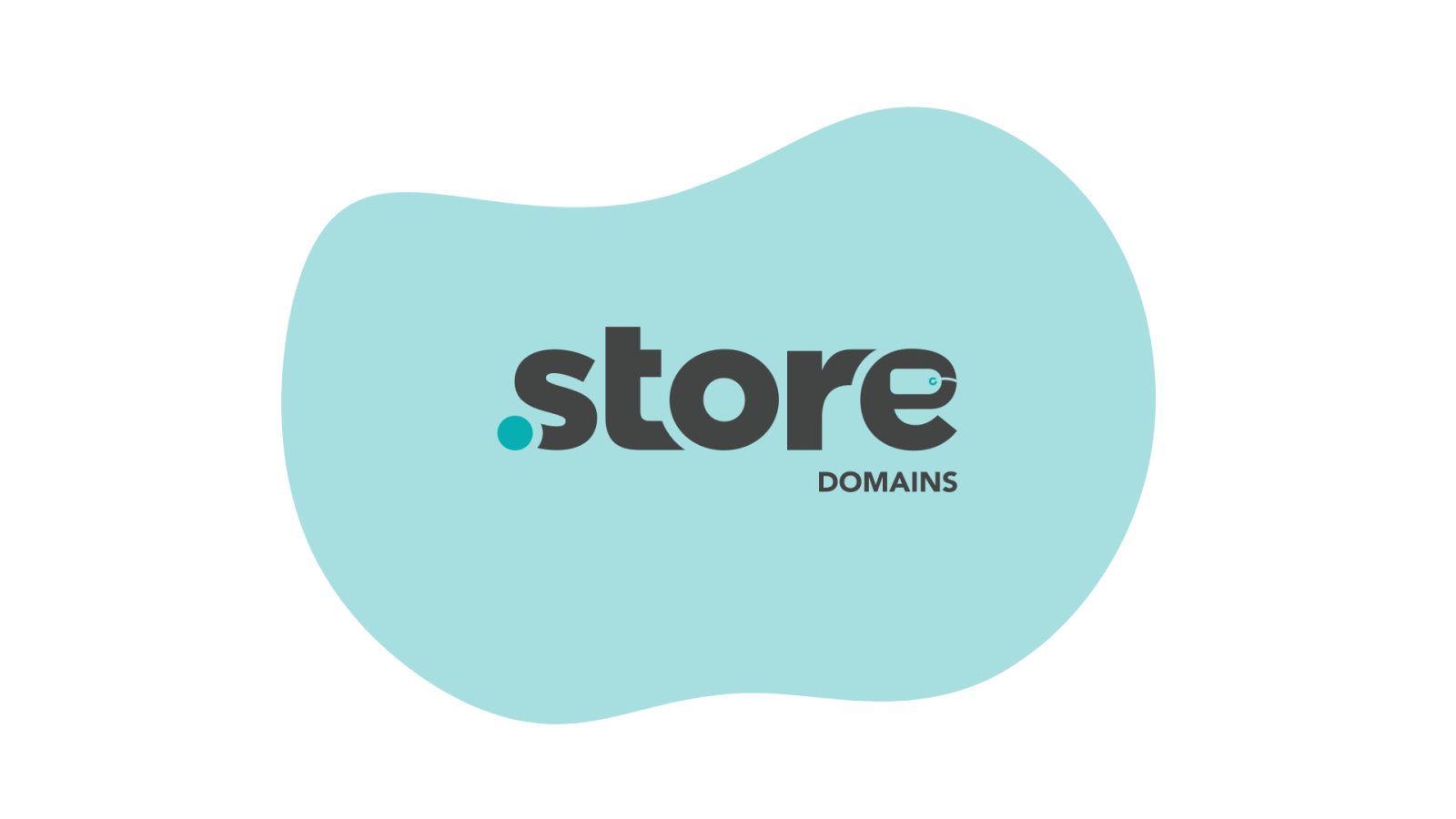It doesn’t matter how hard you are trying to market your product, if you are not marketing it to the right person, you wouldn’t see any results. This is why it’s vital that you know how to find your target audience.

For instance, if you deal in Yoga mats, clothes, and other accessories, and your target audience isn’t really into fitness or healthy living, it wouldn’t help.
Besides marketing to the wrong audience, another mistake that eCommerce businesses make is that they market to everyone, which is like shooting in the dark.
If you market to a hundred people, and your potential customer base was only ten, you would have wasted 90% of your marketing efforts.
Different kinds of people are interested in different kinds of products.
In this article, we’ll understand how to find your target audience for your eCommerce store.
1. Understand The Importance of eCommerce Target Audience
To know how to find your target audience, you need to first understand their importance for your eCommerce business.
Once you understand how they are important for your business, you will slowly start to figure out how to find the right people to market to.
Here’s what you need to know:
- Who the people are and how to get to them – what blogs they read, what sites they visit, what they search on Google, etc.
- How they describe your brand or product – match the wording on your site with their mindset
- How they pick and compare products in your category so that you know how to structure and prioritize your content
- What they exactly want – your value proposition can state that and the whole website can become more relevant to them
- What they are not interested in – you can dismiss that and remove it from the site
- How your product adds value to their life – highlight all those benefits
- Keep it relevant – if what you offer matches their state of mind, you will earn a customer
2. Know Your Audience
The audience in the eCommerce industry is quite different from that of the physical world.
Since merchants don’t interact with customers personally here, it’s difficult to have a constant judgment about one’s behavior and personality.
For instance, if you have an online store for sportswear, you need to understand the behavior and lifestyle of people who follow sports regularly.
If you are thinking about how to find your target audience, a great way is by involving yourself in the industry.
By doing that you can get to know them better and meet their requirements specifically.
For instance, if you start following different kinds of sports, you would know what teams are popular and what kind of merchandise people would be interested in.
3. Picture Your Potential Customer
You can get your customers to create their profiles with few personal details on your eCommerce store and that will help you in knowing them better.
Once you start understanding what your potential customers are like, you can better plan your marketing decisions, and also target a group of similar profiles.
4. Create An Outline
Start by creating the bare basics of the persona. This could include the aforementioned details like age range, preferences, and demography.
These can be pulled from the preliminary data you have about your customers.
In addition to or in lieu of these points, you can also add other information you have about your customer base that would be useful for your business.
Of course, you shouldn’t breach their privacy concerns and stick to gathering only non-identifying information and utilizing data that you already have.
5. Ask Questions
Your current customer base will be happy to give you feedback, in most cases.
To incentivize them to do so, provide some benefits or discounts that they can use for future purchases.
Many who may not have been willing to provide feedback otherwise may also opt to have a conversation with you for the incentive alone.
Ask questions about:
- Age, preferences, hobbies, etc
- What they’re happy with
- What are their pain points
- Any additional services they would like to see
- What led them to make the decisions they made
- Why they picked your company over the competition
- Feedback about your business
- Ideas for improvement
Over time, as you gather more data, you will see patterns emerge. Sure, there will likely be a few outliers, but usually, you will find a few common threads between responses.
6. Classify The Data
Once you have a sufficient amount of information with you, culled from both your data and customer responses, it is time to proceed to the next step.
You previously created a basic template with customer information. It is now time to populate them with more detail.
The patterns you saw while gathering feedback can now be divided into different personas.
If you created only one template in the beginning, you can create more now based on how many you need.
Populate each template with details gathered from the conversations.
Your buyer persona is now taking shape to represent each category of users and clients that you have and wish to have in the future.
7. Think Of Your Target Audience As A Real Person
Since your persona is by now a semi-fictional representation, it is a good idea to test it out.
Create Facebook and Google ads to target the people who fit the criteria of your personas.
The good thing here is that Facebook and Google have already done all the hard work for you.
They already have a vast database that allows them to quickly narrow down their users based on your parameters.
This will give you a ready audience that perfectly fits your target market.
Create different ads for each persona and check the results. If you’ve categorized them correctly, you will surely see a marked difference from previous campaigns.
If there is a discrepancy, you might need to modify one or more of your personas.
Fine-tune them as you go, and you’ll see the results once you’ve narrowed it down further and refined your buyer persona.
8. Do Proper Customer Segmentation
Once you have access to a few customer profiles on your site, categorize them into different groups.
Use demographic information such as name, age, address, occupation, user behavior, and so on to make your customer segmentation.
Different audiences need to be approached differently, and you need to identify the different types of people that are interested in your products.
Customer segmentation is an important answer to the question, how to find your target audience, because your target audience wouldn’t be just one kind of person but various types.
By identifying them you can rightly mold and direct your promotional messages.
9. Use Customer Feedback And Surveys
The amount of knowledge you can gain about your customers by directly talking to them, cannot be gained in any other way. This is why it has become a common practice to get customer feedback after every transaction.
Another step in how to find your target audience is to even float surveys to new users and identify their needs in the very beginning. You can provide for them better later if you learn about their requirements in the starting itself.
Data generated from customer feedback and surveys can be graphically displayed to know where your eCommerce business stands and which particular segment can be improved.
Additionally, by having regular communication with customers, you can even ask them to post reviews of your product on public rating forums.
10. Study Your Competitors
Who would have a similar target audience as yours that you can consider? Your competitors.
One of the most important aspects of the eCommerce business, this is also one of the best practices of the eCommerce world.
You need to study your competitors, see what they are doing, how they are doing it, what their strategies are, and most importantly, who their customers are.
Visit your competitor sites, read through their blogs, see what kind of people are engaging with their content.
Study their social media handles to see what kind of an audience they are targeting, and what kind of people are actually involved with their posts and even sharing them.
11. Make The Most Of Google Analytics
Another great way to find your target audience is by using Google Analytics. It can provide you with a lot of insightful data about your current audience, and by getting insights about them, you can use it to expand it.
Google Analytics will tell you which traffic sources are converting best for you and from where you are getting the best results.
Focus your time, energy, and money on those particular sources, and ignore the low performing areas.
Here are a few examples of insights that you can use from Google Analytics to understand how to find your target audience:
- Best converting traffic sources – where is the converting traffic coming from
- Best performing content – what kind of content is working and what is not
- Best converting keywords – which keywords are money makers and which ones to aim to rank better
- Best converting landing pages – which landing page is most popular and how well does it convert
- eCommerce report – this custom report shows you which channels are performing best with data like visits per source along with visit value data and revenue.
12. Guest Blogging
If guest blogging is also a part of your content marketing strategy, you can pay attention to the blogs that send you the best-performing traffic.
Try and become a regular poster on those blogs because a huge part of that audience would be interested in your brand or products.
13. Influencer Marketing
There are influencers in every kind of industry and there must be in yours too. The great part is that the influencers that belong to your industry will also have an audience that would be your target audience.
Get a few influencers from your industry to promote your products or brand, and chances are that a considerable amount of their audience will become your audience due to aligned interests as well.
Besides, you can keep following and studying their audience as well to grow yours and target the right audience.
In Conclusion
Conversions will happen when the targeted traffic meets a relevant offer. So your goal should be to find your target audience and to ensure that your website is relevant to them.
Use the findings from communications with people, surveys, and Google Analytics data and reflect those on your site, and decide on the information architecture.
When you have found the answer to how to find your target audience, they will look at your site and its content only to realize that it’s exactly what they were looking for.






